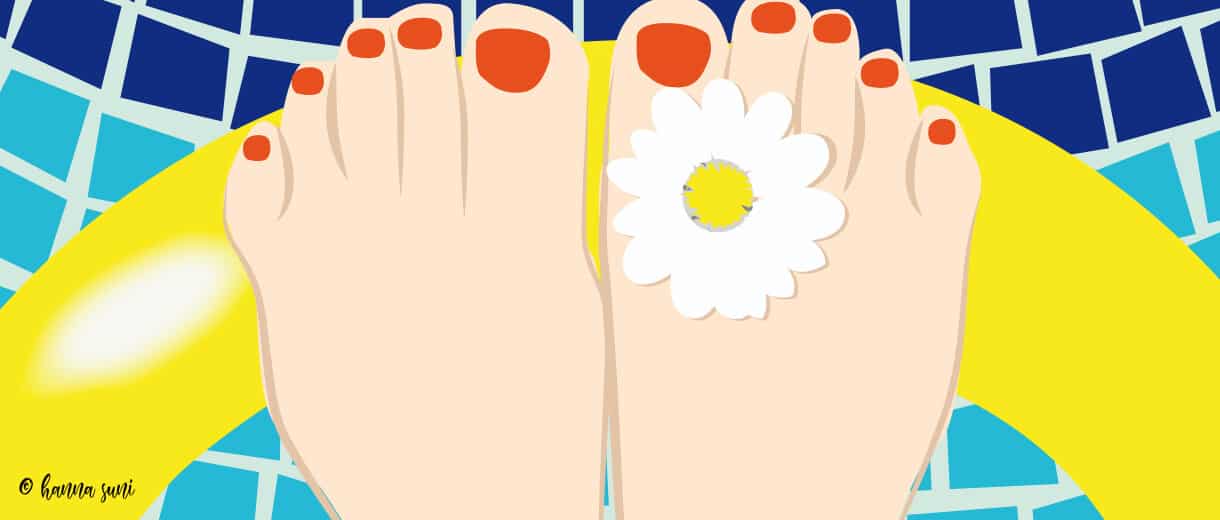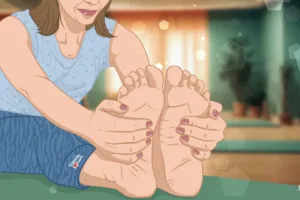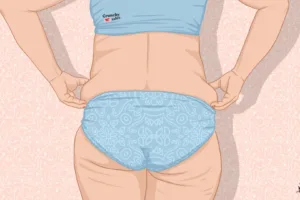Summer Feet: Quick Fixes For Keeping Them Cool
Summertime can be troublesome for the feet as neither high heels nor flip flops are the perfect solution and both can cause problems such as blisters, calluses and general soreness. The best cure is prevention: just because you don’t stare at your feet close as you do at your hands, does not mean you should not take excellent care of them. Keeping your feet clean, healthy and soft, and wearing the right type of shoes for each occasion is crucial to have a cosy summer on light, happy feet.
Taking care of your daily foot hygiene
According to the Institute of Preventive Foothealth, taking care of your feet starts with proper daily hygiene, especially during summer when they are more exposed. Although your feet might already seem soaked in soapy water while showering or bathing, it is necessary to actually bend down and give them a special rub and scrub with detergent and a sponge or cloth, to get the most stubborn dirt off. After showering, it is important to dry your feet well – especially the area between the toes – and apply a foot moisturizing cream particularly in the driest areas such as heels and calves. With age, the skin all over our body gets thinner and dryer which is why blisters and calluses form more easily on feet.
If you go to common bathing areas such as public saunas and swimming pools, sanitize your feet as well as footwear like flip flops especially well. Every now and then, a nice, relaxing footbath and a scrub with a pumice stone are in order, to remove dead skin. Afterwards, massage your feet with a cooling moisturizer.
Keeping toe nails short and trimmed is also important, as over-grown nails will soon start pushing on the inside of closed shoes. You should cut the toe nails regularly – every 3-4 weeks or according to the growth – and do it straight across, not on a curve, to avoid them growing into the sides of your toes. If you have trouble reaching for your feet, it is better to have someone else do the cutting – preferably a foot specialist. Keeping the clippers and nail files clean is also important, to avoid bacteria and illnesses such as fungus from spreading.
Choosing the right shoes
When shopping for new shoes, you should attentively aim for the perfect fit. Don’t trust that the usual size you wear is right, as different brands and models can hugely vary in how they fit. Always try both shoes on and walk around with them in the shop, wearing the kind of sock – when needed – that you would be wearing in the future. Whether you are buying trainers, sandals, ballerinas or mules, the shoes should fit your feet perfectly and not be too big or too small: if they are too long or wide, you risk tripping over and forming blisters on the sides and heels. It is best to shop for new shoes in the afternoon when your feet are most likely at their largest.
The material the shoes are made of is also relevant, as shoes made with fake leather and plastic have poor ventilation and can cause bad odours, but also form blisters. Whenever possible, choose shoes made with natural materials such as leather and/or breathable fabrics.
Walking long distances, especially when on holiday, calls for comfortable shoes, so trainers or running shoes are your best option. Always remember to wear socks with closed shoes. It is also advisable to alternate shoes every day, so take at least two pairs with you when going away, even for a few days.
High heels should be used rarely and for short periods of time, as research shows how the unnatural position of the foot produces a chain reaction of (mostly negative) effects that travels up the lower limb at least as far as the spine. When you go to an event wearing high heels, it is a good idea to bring a pair of comfy shoes with you, so that you can switch to them if and when your feet or legs start hurting. Broad-based heels are more comfortable to walk on than very thin ones.
It is also crucial to let your feet breath and keep them bare from time to time. “Walking barefoot has several benefits as it restores our ‘natural’ walking pattern”, says Dr. Jonathan Kaplan, foot and ankle specialist and orthopaedic surgeon at Hoag Orthopaedic Institute.
You should not share shoes, socks or foot care equipment with other people, or at least wash and sanitize them extremely well before doing so.
Alleviating swelling
It is quite usual to have swollen feet in the summer, especially when travelling on an aeroplane or on a hot day and after lots of walking. Swelling might be caused by venous insufficiency or heart, kidney and liver conditions and issues, so if it becomes reoccurring or daily, it is best to have a proper medical check.
Exercising regularly and maintaining a healthy weight certainly reduces the risk of swollen feet. Other ways to alleviate swelling are drinking lots of water, soaking your feet in cool water, massaging them and raising them above the heart level regularly. A good position is to lay on the ground, on a mat, and lift the legs and feet up against a wall, circulating the ankles slowly.
High salt intake can also cause water retention, where as eating more potassium-rich foods such as bananas, apricots, spinach and potatoes should help reduce retention. Using Epsom salt in the foot bath as well as wearing compression socks also alleviates the pain and eases the symptoms.





